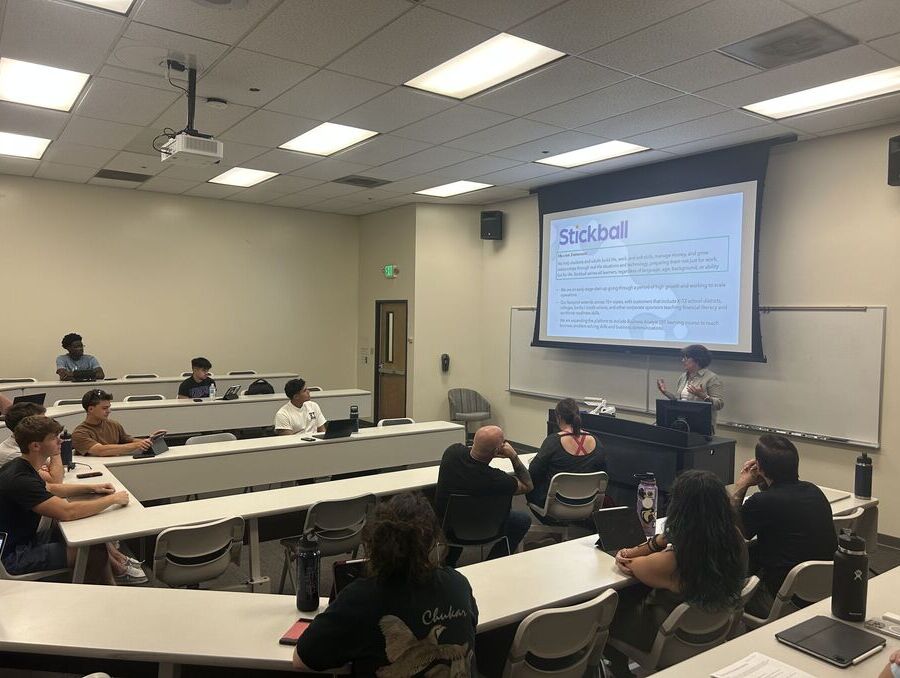Technology is key to feeding the world
Celebrating National Ag Day on March 23: We've come a long way from plows to agbots
Over the years, I have listened to many speakers predict what the future of agriculture will look like. One of the biggest challenges for agriculture is to feed 9.6 billion people by 2050. To do so, food production must increase 70% by 2050.
One way to address these issues and increase the quality and quantity of agricultural production is to use sensing technology to make farms more intelligent and connected through so-called "precision agriculture," also known as “smart farming.”
I came across an article the other day, Five High-Tech Farming Trends, by JoAnn Alumbaugh, that shares British author and Labour Party politician Anthony Crosland’s most cited sentence: “What one generation sees as a luxury, the next sees as a necessity." History has shown this to be true – just look at the use of cell phones, televisions, hand-held devices and computers. Then look at how living conditions and diets have changed as societies have become more affluent.
Below are technologies related to agricultural and natural manufacturing under four key areas of accelerating change, many of which are already in use today: sensors, food, automation and engineering.
Sensors
Air & soil sensors: Enable a real-time understanding of current farm, forest or body of water conditions.
Equipment telematics: Allow mechanical devices, such as tractors, to warn mechanics that a failure is likely to occur soon.
Livestock biometrics: Collars with GPS, radio frequency identification systems (RFIDs) and biometrics identify and relay vital information about livestock in real time. Also, farmers and ranchers are using virtual fencing to control the movement of livestock, similar to invisible fences for pets.
Crop sensors: Instead of prescribing field fertilization before application, high-resolution crop sensors inform application equipment of correct amounts needed. Drones or optical sensors, such as infrared light, identify crop health across the field.
Food
Genetically designed food: The creation of entirely new strains of food animals and plants to better address biological and physiological needs. A departure from genetically modified food, genetically designed food is engineered from the ground up.
In vitro meat: Also known as cultured meat, in vitro meat is muscle tissue grown in a lab and therefore never part of a live animal. These products have already entered the market, including the plant-based hamburgers sold by Burger King.
Automation
Agricultural robots: Also known as “agbots,” these are used to automate agricultural processes, including harvesting, fruit picking, ploughing, soil maintenance, weeding, planting and irrigation, among others.
Precision agriculture: Farming management based on observing and responding to intra-field variations. With satellite imagery and advanced sensors, farmers can optimize returns on crop resources, such as irrigation and fertilizer, while preserving natural resources at ever-larger scales. Further understanding of crop variability, geo-located weather data and precise sensors should allow improved automated decision-making and complementary planting techniques.
Robotic farm swarms: The combination of dozens or hundreds of agbots with thousands of microscopic sensors that would monitor, predict, cultivate and extract crops from the land with practically no human intervention. Small-scale implementations are already on the horizon.
Variable rate swath control: Building on existing geo-location technologies such as GPS, future swath control could save on seeds, minerals, fertilizer and herbicides by reducing overlapping resources. By pre-computing the shape of the field where the resources are to be used, and by understanding the relative productivity of different areas of the field, tractors or “Agbots” can procedurally apply resources at variable rates throughout the field.
Engineering
Closed ecological systems: Ecosystems that do not rely on matter exchange outside the system. Such closed ecosystems would theoretically transform waste products into oxygen, food and water to support life forms inhabiting the system. Such systems already exist in small scales, but existing technological limitations prevent them from scaling.
Synthetic biology: Programming biology using standardized parts in the same way computers are programmed using standard libraries today. Includes the broad redefinition and expansion of biotechnology, with the ultimate goals of being able to design, build and remediate engineered biological systems that process information, manipulate chemicals, fabricate materials and structures, produce energy, provide food, and maintain and enhance human health and our environment.
Vertical farming: A natural extension of urban agriculture, vertical farms would cultivate plant or animal life within dedicated or mixed-use skyscrapers in urban settings. Using techniques similar to glass houses, vertical farms could augment natural light using energy-efficient lighting. The advantages are numerous, including year-round crop production, protection from weather, support for urban food autonomy and reduced transport costs.
The information revolution ties global and local producers and consumers together in ways not possible just a decade ago. As the speed and capacity of computers continues to increase, the ability to gather and use information on all aspects of production agriculture will explode. Some of these technology advances have already been developed and are just waiting to become financially viable before they transition from a luxury to a necessity.
Sources:
“15 Emerging Agriculture Technologies That Will Change The World,” Michell Zappa, Policy Horizons Canada.
“Five High-Tech Farming Trends,” JoAnn Alumbaugh.














